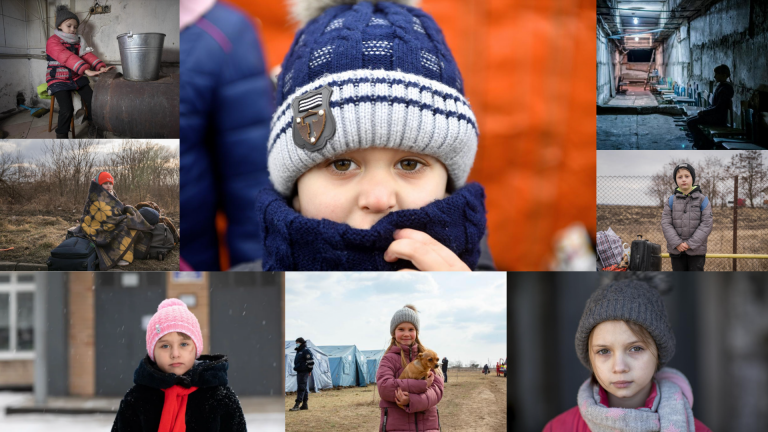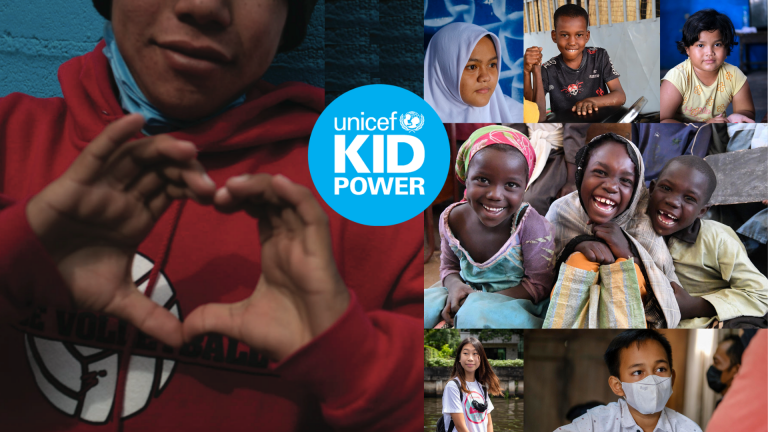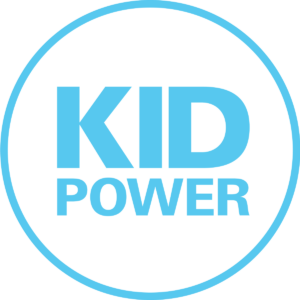After watching our Kid Power Up videos, you can give a family in your own local community a week of internet service! (All you have to do is choose the newest redemption option in our Kid Power Exchange.) With access to the internet at home, kids can attend virtual school or do their homework, parents can do work, and the whole family can look up information as needed and communicate with friends and extended family members.
Internet connectivity across the U.S.
The internet is an essential part of our everyday lives, but roughly 14 million people in the U.S. don’t have access to it. At the height of the pandemic, unfortunately that number was even greater.(1)
This has created a digital divide, a growing gap between people who have access to technology or the internet and marginalized communities that do not. The majority of these marginalized communities are low-income or rural areas (that may lack access to other kinds of resources, as well).
The internet helps children and families access all kinds of important information and strengthen social connections. Kids learn new information and build social bonds mostly through school. Without access to technology, children in marginalized communities struggle to attend school online, do their homework, communicate with others, and more.
Laura’s story
That’s why Laura Gomez, a mom from California, was so grateful that she and her two kids were able to get better internet access in fall of 2020. In order to attend remote school, Laura’s children were using her smartphone’s hotspot to log in. Unfortunately, their connection was so weak that the video calls kept dropping.
Laura’s kids couldn’t always see or hear their first- and fifth-grade teachers during class, so, the family had to make a 20-minute drive to their aunt’s home to use her internet for school.(2)
A race to bring internet to all
Governments, cities and schools across the country are racing to close the digital divide by bringing the internet to all. Before the pandemic, about 30% of public school students in the U.S. did not have good internet connections or devices for distance learning.
Fortunately, awareness of this issue has grown due to the pandemic. Hopefully the resulting push to bring internet resources to all communities will have a lasting, positive impact.(3)
How you can help level the playing field
There is still a long way to go before the digital divide is fully closed, but when you redeem your Kid Power Coins for internet services, you are taking another step toward closing it. With your efforts, we can bring equitable internet access to communities across the country, helping to make the right to an equal education a reality.
- Tatter, Grace and Chakrabarti, Meghna. 2021. “Rural Internet Access: How To Get Broadband Across America.” WBUR. April 30, 2021. https://www.wbur.org/onpoint/2021/04/30/rural-access-to-the-internet-how-to-get-broadband-across-america
- Jargon, Julie. 2020. “Schools Work to Speed Up Internet in Rural Homes for Remote Learning.” Wall Street Journal. December 15, 2020. https://www.wsj.com/articles/schools-work-to-speed-up-internet-in-rural-homes-for-remote-learning-11608037202
- Ibid.






